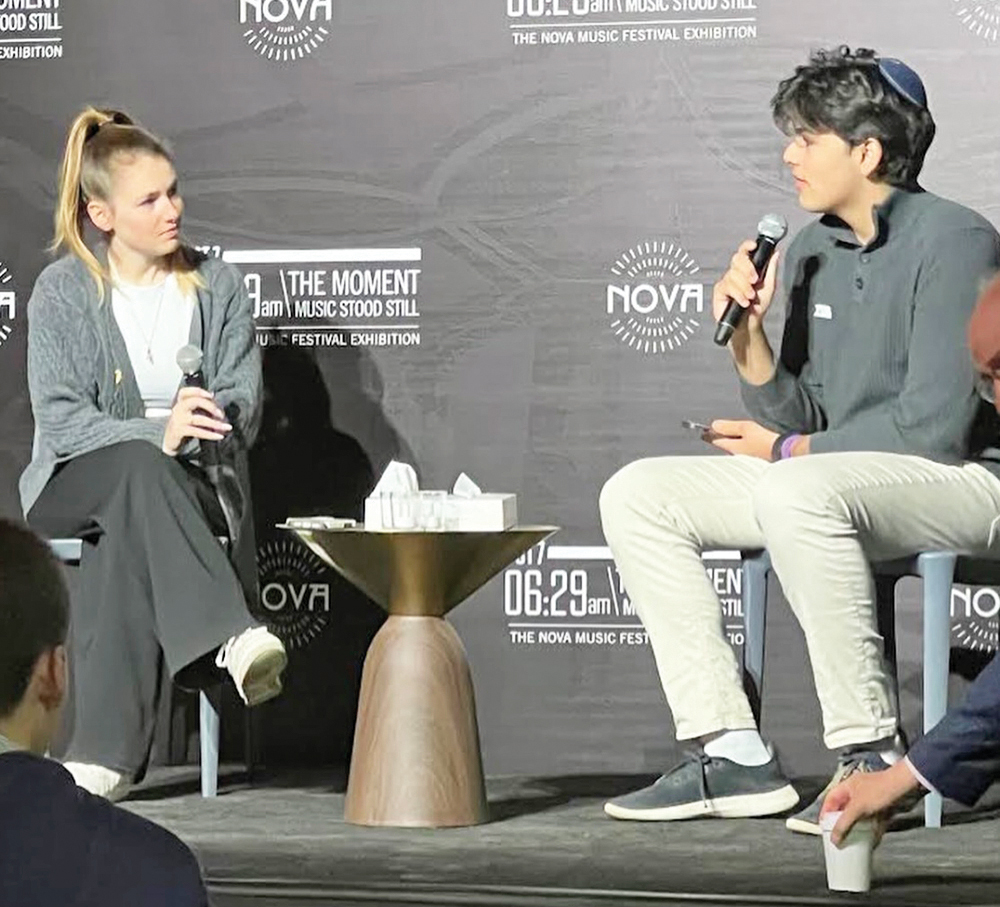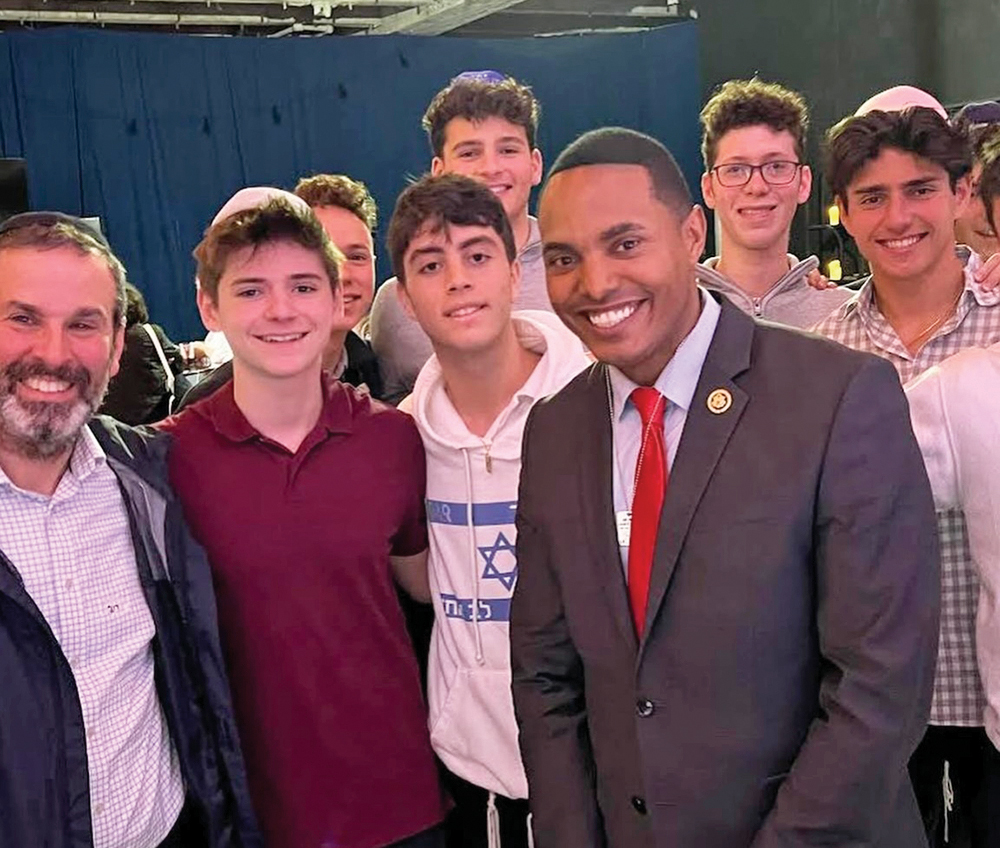
This past Friday, SAR High School took about 50 juniors and seniors to The NOVA Music Festival Exhibition, a museum-like experience that powerfully highlighted many aspects of the NOVA music festival massacre on October 7. Upon entering the exhibit, my classmates and I watched a short video explaining the culture of music festivals and the joy and euphoria, usually accompanied by singing and dancing until the break of dawn, at these events. After the video, participants immediately entered a room with countless screens playing videos on loop. We viewed clips of terrified festival participants, some sure that death was imminent; some forced to make split second decisions that could very well determine their fates. We also heard audio recordings of terrified festival-goers speaking with their parents, who were trying to tamp down their own anxiety in order to comfort their children. Shockingly to me, there were videos of terrorists shouting in Arabic as they ran into the streets firing their guns at random and driving off with dead civilians in the backs of their vehicles.
In addition to these horrifying videos, the room was interspersed with tents and other items from the festival. We saw lawn chairs, stuffed animals, board games and soda bottles. It felt like walking through a ghost town, and I almost understood the absolute chaos that occurred as these victims hastily packed what they could and ran away, abandoning many of their items. What’s more, smoke machines were set up on the floor of the exhibit, the room smelled strongly of fire, music from the festival played softly, and parts of the exhibit were littered with sand. Student Lilly Halperin described the scene as a “full sensory experience.”

The tour of the exhibit is self-guided, so I then moved into a large space that contained several demolished cars, one even flipped upside down, showcasing the extent of destruction inflicted during the attack. Next to the cars were screens playing interviews with survivors recounting their stories after the attack, which were calmer and yet more disturbing to me than the live reactions in the previous room. Some of the interviews included a woman who barely escaped death after a terrorist missed a shot aimed directly at her back; a woman who was shot in the leg and hid for hours near a tree; and a man who tried to block his girlfriend from seeing the bodies of victims lying on the floor as they were escaping. I stood there watching these videos and feeling heavy emotion building up inside of me: fear, sadness, anger, grief and even some hope. Hearing these young people so calmly telling their stories of witnessing atrocities, fighting for their own survival, and losing loved ones weighed very heavily on me. I watched the videos stunned, thinking about how these individuals could possibly retell these stories, how much they must have thought about every minute of that torturous day, and how many times they pictured the gruesome images that no human should ever be subjected to see.
I moved away from the recollections and into an area with tables of personal belongings left behind at the NOVA festival. Among these were hats, jewelry, purses, masks, fans, a speaker, and even kippot and siddurim. I tried to stop myself from thinking of the owners of these items and where they might be now. There was a table filled with shoes that numerous SAR teachers and students told me reminded them of the shoes that Jews had to take off before being sent to their deaths in the Holocaust. The room also contained an abandoned bar, with bottles strewn on the floor, and porta potties riddled with bullets shot by terrorists making sure to eliminate anyone inside.
The last thing I saw in the exhibition was a list of the 401 innocent people who were murdered at the festival. It was a beautiful tribute with hundreds of letters containing messages of support surrounding the display. I found myself thinking about the people that wrote the descriptions for each person and how much they had been affected by the attacks. I felt terrible for them. I wanted to comfort them somehow and tell them that everything was going to be okay, but I couldn’t.
After touring the exhibit, all students were gifted with the opportunity to hear from Rabbi Binyamin Krauss, principal of SAR Academy and Congressman Ritchie Torres, both of whom offered their own powerful words. Next, student Jacob Prager interviewed NOVA survivor Millet Ben Haim, who recounted her harrowing escape story for the children. When asked about how Yom Ha’atzmaut could possibly be celebrated the following week with the war still raging, Millet told the audience that they should dance even harder, a testament to her desire to keep the Jewish people strong.
Overall, attending the NOVA Music Festival Exhibition was an incredibly moving and important experience that I know will stick with me and many of my peers for the rest of our lives. The program provided a new window into the lives of many who were affected by the massacre, forging a deeper connection to the casualties, the festival and the Land of Israel.








